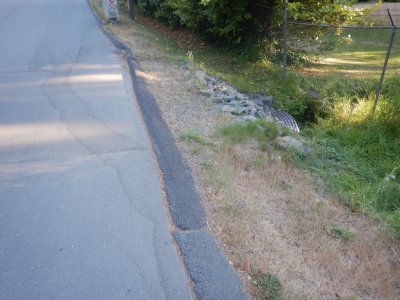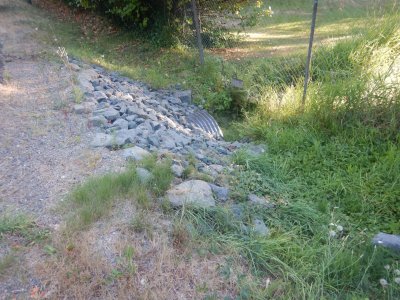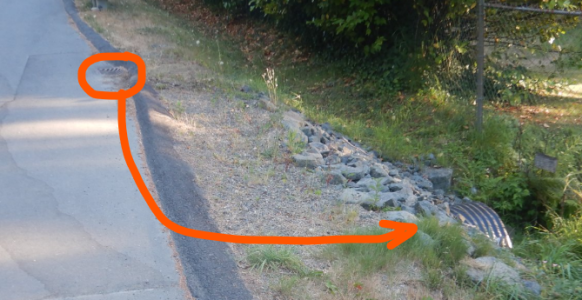I'm an engineer working as a civil construction project manager. I know that is the standard for subdivisions. Could you imagine the cost of curbing all highways and rural roads though

to direct the runoff into CB's. Also, The CB is unlikely to solve the problem, the particles will build up in the sump but as they sit there the 6ppdq will dissolve into the stagnant water which will then be released at the next storm event. Wetland biofiltration helps but is not feasible everywhere. The cost of dealing with this stuff once it enters the environment is astronomical. Really it would be better if we just stop introducing it. Pressure needs to be applied to tire manufacturers to stop using it.






